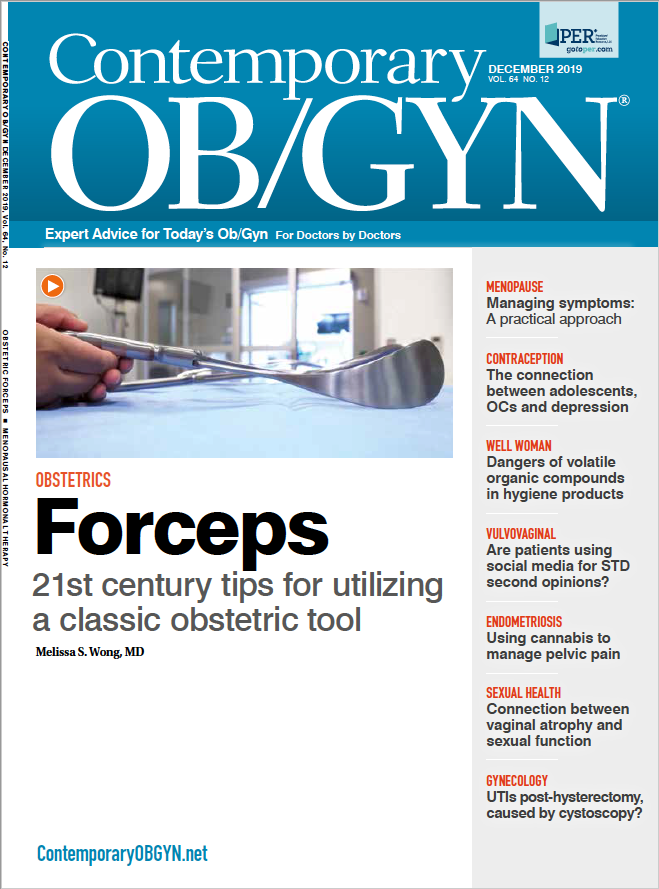Anatomy of the forceps
Dr. Wong discusses the parts of the forceps and highlights the differences between various types.
The two most commonly used types of forceps for the cephalic presenting fetus are Simpson type and Elliot or Tucker-McLane forceps. The main differences between the two are that the Simpson forceps have shanks that are separated (remember “Simpson shanks separated”) whereas those of the Elliot/Tucker-McLane type are overlapping (remember “Tucker tucked in”). The separated shanks as well as the longer tapering cephalic curve allow for the Simpson type forceps to be used on longer, more molded heads whereas the Elliot or Tucker-McLane types are narrower and might be chosen for the easier pull in a multiparous patient, for example.
The other two commonly used forceps are for special indications. Kielland forceps are used for rotational maneuvers (you “turn a key”) owing to their very slight reverse pelvic curve and sliding lock which allows for correction of asynclitism. The Piper forceps, with their long backward curving shanks and reverse pelvic curve, are designed specifically for stabilization and delivery of the aftercoming head in a breech presentation.
Read more - Forceps delivery: Contemporary tips for a classic obstetric tool

S4E1: New RNA platform can predict pregnancy complications
February 11th 2022In this episode of Pap Talk, Contemporary OB/GYN® sat down with Maneesh Jain, CEO of Mirvie, and Michal Elovitz, MD, chief medical advisor at Mirvie, a new RNA platform that is able to predict pregnancy complications by revealing the biology of each pregnancy. They discussed recently published data regarding the platform's ability to predict preeclampsia and preterm birth.
Listen
